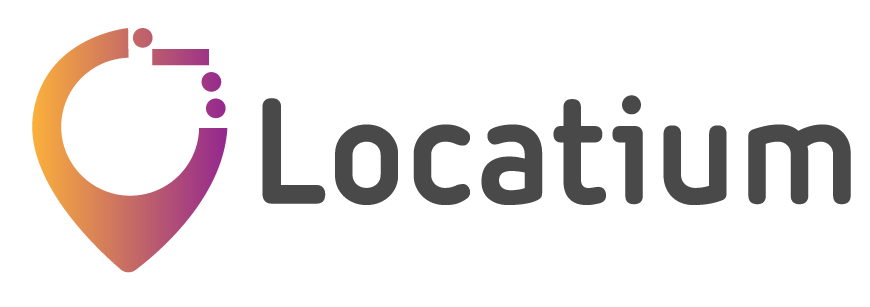GIS technicians are increasingly valued and in demand by companies and public administrations. That is why competition is growing and they must stand out from their colleagues. To be a sought-after GIS technician, you must have a series of skills that are highly valued by headhunters for these profiles. Here are 6 that are essential.
What is GIS?
The acronym GIS stands for Geographic Information System. This is a computer system that works with geographic data of all kinds, collecting, storing, sorting, processing, visualising and managing it in its entirety.
Broadly speaking, we can define the anatomy of GIS as a whole made up of five fundamental pieces: the hardware, the software, the geographic data itself, the people who work with it and the procedures for working with it.
What does a GIS technician do?
Once we have a first approach to the GIS concept, the next step is to know what are the most common functions that a GIS technician must fulfil. These depend very much on the project in which he/she is involved, but we can make a list of the most common tasks of this position, which are:
- Collect, analyse and make visible geolocalized information.
- Manage the geodatabases that “feed” the GIS.
- Generate maps as well as other types of visual representations of data.
- Carrying out field work.
- Properly documenting all operations performed, writing reports, filling in records, etc.
- Properly maintain equipment used in the field.
Top 6 skills a GIS technician must have
1.- Understanding geographic data
If we are not talking about the most important capability of all, we are talking about a fundamental one. A GIS technician must know all the secrets and peculiarities of geographic information, its characteristics and its operation. Within this skill, we find:
- To know the operations that can be carried out with geographic information.
- Edit the data and enter them correctly into the geospatial database.
- Convert data to the appropriate format, either by digitising satellite images or paper maps, or by modifying the format of a computer file.
- Maintain data to meet the required quality standards.
- Generation and editing of metadata linked to the geographic information being worked with.
- Understand and draw valuable conclusions from the study of GIS data.
- Know the architecture, workflows and operations of the GIS with which he/she works. So that, for example, they are able to define automated processes.
2.- Know the basics of programming
Although it is not a prerequisite for working with a GIS, it is a prerequisite if we really want to get the full potential out of it. For example, when carrying out analyses of a certain complexity or setting up automations.
Which programming languages are recommended to learn? Nowadays, Python is at the top of the list. However, this does not mean that you should not be familiar with other languages, such as C++, JavaScript or Java, among many others. Moreover, once you know the basics of some of them, it will be much easier for you to learn the basics of others.

3.- Database management
Ability to design and understand the data models and the relationships between the different components of the database. All of this follows the initial specifications defined for each project.
In addition, to properly manage GIS databases, knowledge of the SQL (Structured Query Language) programming language is usually required. This allows data insertion, deletion, modification and all operations necessary for database administration.
4.- Making professional contacts
The GIS community is growing. If you ever encounter any difficulties or barriers in your work, it is very likely that another GIS technician has gone through the same thing as you. Therefore, having peers at the click of a button who can solve problems for you is an invaluable resource.
Along with colleagues with whom you have personal contact, you can expand your network through tools such as LinkedIn, different forums specialised in Geographic Information Systems or on specific solutions, such as QGIS or ArcGIS.
5.- Knowing how to manage projects
Organisation is key when working on GIS projects, especially if they are of a certain size or, as is sometimes the case, several projects are being worked on at the same time.
Time control, deadlines, resource allocation, administrative tasks and many other actions are implicit in this management. For the success of a project, communication is a priority. Everyone involved, including the end client, must always be kept up to date with the latest developments, so that everything works as a perfectly synchronised machine.
6.- A willingness to learn
GIS are living entities, they are constantly evolving. A fact that is even more palpable with the technological advances in which we are immersed.
This means that a GIS technician should not stagnate in knowledge acquired at the beginning or in certain habits established over the years, which are no longer as beneficial as they were then. Continuous training and retraining is part of the life of a geographic information professional.
At this point, we ask you… how many of these skills are yours? If you have all 6, congratulations! We have no doubt that you will be a highly recognised professional in the GIS world. If you are missing some of them, it is never too late to apply yourself to them. We encourage you to start now.
For our part, at Locatium we want to help you in your professional development by providing you with valuable content to be one of your references when you have to face a challenge in your day-to-day work or when you want to update your knowledge.
Just follow our blog, our social media profiles and, of course, you can also contact us directly. We’ll be happy to guide you – see you next time!




